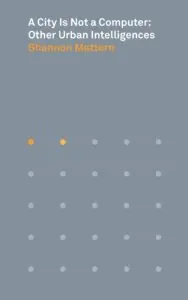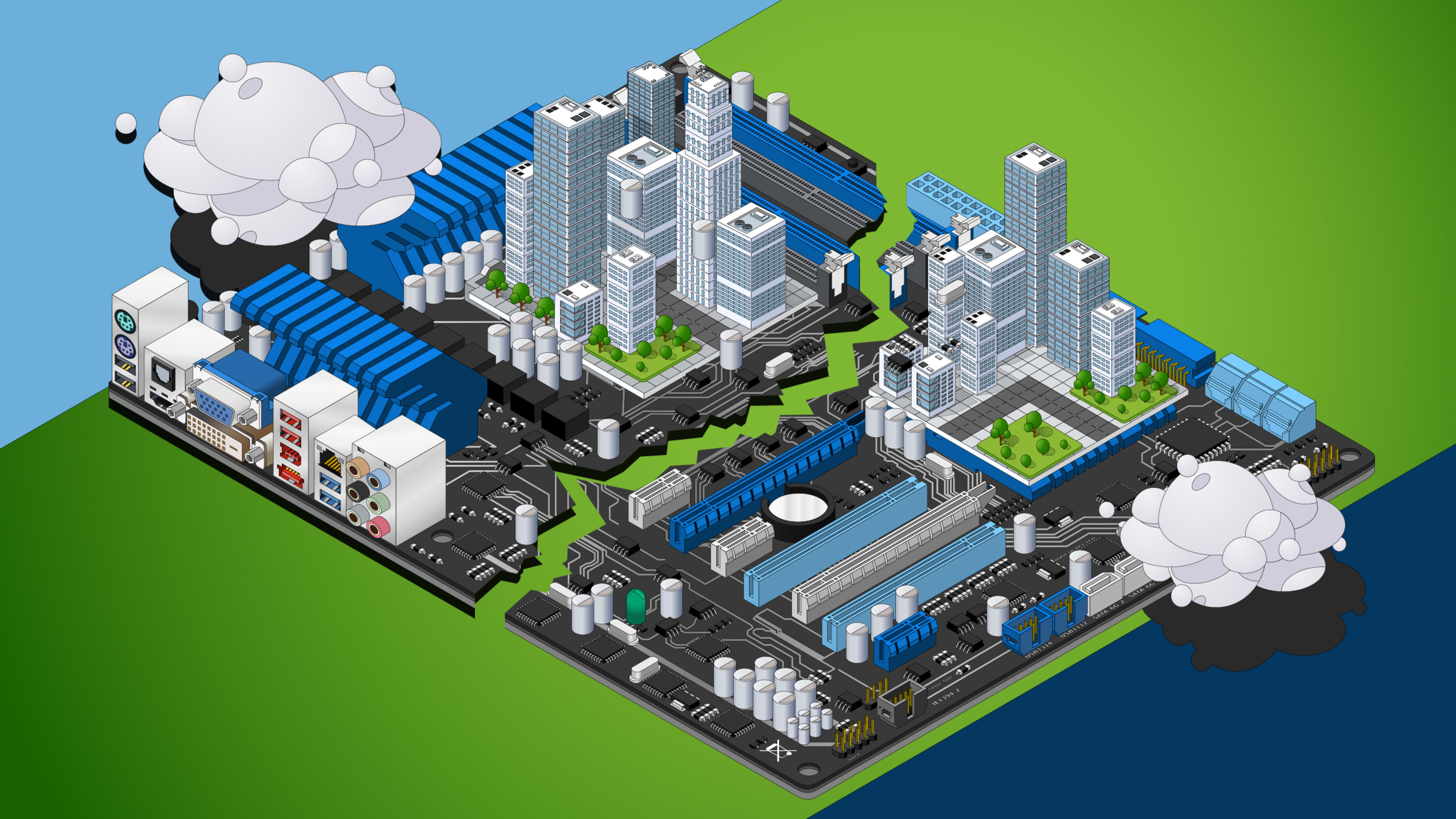In 2015, before it metamorphosed into Alphabet, Google launched Sidewalk Labs, an “urban innovation” division dedicated to solving urban problems with “forward-thinking design and cutting-edge technology,” like networked sensors and automated systems. The following year I wrote about Sidewalk, in relation to New York City’s “smart” Hudson Yards development, where the company established its headquarters. In 2017 the company, under the leadership of Dan Doctoroff, former deputy mayor of New York City and CEO of Bloomberg LP, was commissioned to develop the Quayside area on Toronto’s waterfront. As he articulated in a 2016 Sidewalk Talk post, Doctoroff had been wondering, “What would a city look like if you started from scratch in the internet era—if you built a city ‘from the internet up?’ ” In many public presentations since Sidewalk’s launch, he offered a bit of revisionist history that positioned his company as a catalyst for the next revolution in urban infrastructure: “Looking at history, one can make the argument that the greatest periods of economic growth and productivity have occurred when we have integrated innovation into the physical environment, especially in cities. The steam engine, electricity grid, and automobile all fundamentally transformed urban life, but we haven’t really seen much change in our cities since before World War II. If you compare pictures of cities from 1870 to 1940, it’s like night and day. If you make the same comparison from 1940 to today, hardly anything has changed. Thus it’s not surprising that, despite the rise of computers and the internet, growth has slowed and productivity increases are so low. . . . So our mission is to accelerate the process of urban innovation.”
The team offered a plan that incorporated many of the greatest hits of 21st-century urbanism—pedestrian- and bike-friendly streets, affordable housing, sustainable construction—with high-tech interventions like generative design tools, enhanced fiber optics, and a “comprehensive digital map of the public realm,” much like a dashboard. Despite their attempts to accelerate urban innovation, circulation, and connectivity within the Quayside development itself, Doctoroff’s team encountered, through the design process, the (often productive) slowness and friction of government bureaucracy and democratic deliberation. They moved at the speed of argument and paperwork rather than that of computation, whose efficiency many technologists assume to be an inherent good. After a long, messy process plagued by controversy over financing, governance, data privacy, and a host of other concerns, Doctoroff took again to Sidewalk Talk in May 2020 to announce that the Quayside project was pulling the plug. The purported cause: the “unprecedented economic uncertainty” wrought by COVID-19.
Those economic projections could be computed, leading Doctoroff’s team to deem the project a bad bet. What was less amenable to computational modeling, however, and more likely to have shaped the project’s outcome, was public engagement and reception. “While the failure is certainly due in part to a changed world,” local Sidewalk critic and public technology expert Bianca Wylie writes, “this explanation brushes under the rug years of sustained public involvement in the project, from supporters and critics alike. From its inception, the project failed to appreciate the extent to which cities remain strongholds of democracy.”
The project’s demise seemed to mark the end of an era. Sidewalk Toronto was only the most visible of several smart city projects that had been abandoned, derailed, mothballed, or run out of town in the preceding years. High-profile developments like Songdo in South Korea, or Masdar City in the United Arab Emirates (UAE), had fallen from the headlines. New Yorkers thwarted the construction of Amazon’s HQ2, the company’s East Coast headquarters, in Queens. Alphabet walked away from its Google Fiber project in Louisville, Kentucky, and cut back its services in other municipalities. Designers, planners, engineers, investors, technologists, developers, and entrepreneurial city leaders had for years espoused visions of an urban future in which embedded sensors, ubiquitous cameras and beacons, networked smartphones, dashboards, and omniscient operating systems would produce unprecedented efficiency, seamless connectivity, convenience, and, for the especially well connected, the realization of what Aaron Bastani calls “fully automated luxury communism” (or capitalism: The smart city could be made to support a range of ideologies). Yet the appeal of such an urban vision, and the belief that it’s even possible, seems to have waned.
The technical means through which that fantasy was to be realized, however, readily lent themselves to appropriation. A ruthless Trump presidency, COVID-19, and the Movement for Black Lives uprisings provided a fertile new context for these tools and platforms to reposition themselves, to rebrand for a postpandemic, postfactional future (if such a thing ever arrives). Gadgets that were once sold as necessary equipment for autonomous vehicles and drone deliveries could be justified as (and have, in fact, long served as) critical infrastructure for public health and security surveillance. [S]mart technologies often furnish convenient stopgap solutions; they provide a quick, and often lucrative, targeted fix that absolves leaders of the responsibility to investigate and resolve the root causes for health and racial injustices and systemic breakdowns.

Excerpted from A City Is Not a Computer: Other Urban Intelligences by Shannon Mattern. Copyright 2021 by Princeton University Press. Reprinted by permission of Princeton University Press. Shannon Mattern is a professor of anthropology at the New School for Social Research. Her books include Code and Clay, Data and Dirt: Five Thousand Years of Urban Media and The New Downtown Library: Designing With Communities. She lives in New York City. Website: wordsinspace.net. Instagram: @atlas.sounds. Twitter: @shannonmattern.
Recognize your company's culture of innovation by applying to this year's Best Workplaces for Innovators Awards before the extended deadline, April 12.
